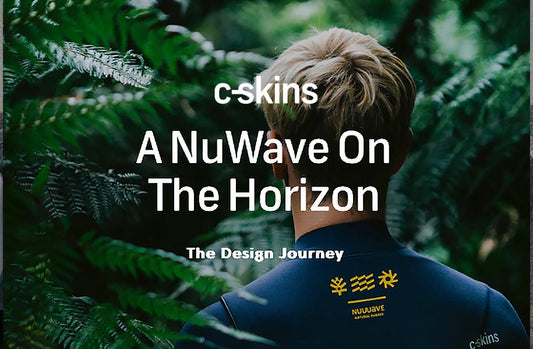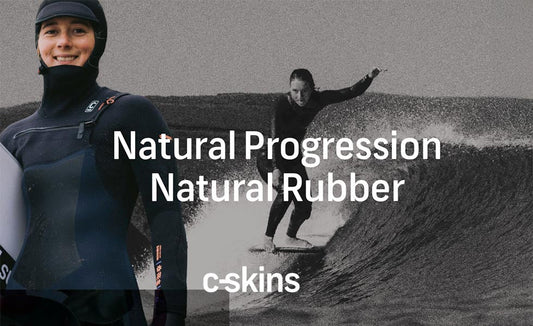Collection: News

Duotone Rebel D/Lab 2026 kitesurfing kite
The Duotone Rebel D/Lab 2026 kitesurfing kite. Launches in the smaller sizes (6mtr - 9Mtr) Straight from the Duotone Laboratory comes the Rebel D/LAB — the ultimate high-performance Freeride / Big Air machine, engineered for riders who demand an unmatched experience in the sky.
Crafted with cutting-edge Aluula D/TX and Trinity TX materials, the Rebel D/LAB offers effortless control, unrivalled hangtime, and exceptional stability, even in the most challenging conditions. It’s the pinnacle of innovation for riders looking to push higher, fly longer, and ride with absolute confidence.

Goya Windsurfing Boards in the line up!
We’re stoked to welcome Goya Windsurfing to H2O Sports.
Goya is one of those brands that doesn’t need shouting about. Designed and shaped by windsurfers for windsurfers, Goya boards are all about feel, flow, and performance where it actually matters — on the water.

We'll sell YOUR used equipment for you
Your Gear, Our Reach – H2O Sports Sells YOUR Pre Loved equipment for you Nationwide.
Sell your used watersports gear the smart way — through H2O Sports... Nothing says peace of mind like selling through H2O Sports — 22 years of trusted expertise, nationwide shipping, and a platform that does the work for you.”
Turn Your Old Gear into Credit/Cash with H2O Sports – Hassle-Free, Coast-to-Coast.
List It. We Sell It. You Relax.

The Windsurfer LT
Whether you’re new to windsurfing, returning after years away, or simply looking for a board that delivers maximum fun with minimal fuss, he reckons the Windsurfer LT offers a refreshingly pure sailing experience.
In this review, Roger Turner shares his journey with the LT so far and tells us why it’s far more than just a retro revival. For Roger, the Windsurfer LT has become a gateway to more water time, spontaneous sessions, and a rediscovery of the very reasons he fell in love with windsurfing in the first place.

Duotone Foil Assist Launch!
Duotone Foiling, Duotone foil assist and duotone e foil is about to launch and foiling as we know it is about to become easier, smoother, and more fun than ever, thanks to an exciting new innovation from Duotone. Duotone foil assist and e foil 2026 coming soon!

Woo 4.0 Trade & Save
To promote the launch of the new WOO 4.0 - take advantage of the TRADE & SAVE DEAL extended until midnight Dec 31st

Duotone Foil Drive
Sneak peek of the NEW Duotone Foil Drive / Assist about to launch later this month!
The highly anticipated Duotone Foil Assist collection is set to launch later this month, and we couldn’t be more excited to bring it to you at H2O Sports. This new range boosts riding confidence, expands access to foiling, and makes the thrill of foil-assisted sailing even more accessible to adventurous water-lovers.

ION Wing Foil Harness Guide
At ION, our wing foil harness collection offers something for every rider, with options ranging from different outlines and shells to vests with integrated harness options. Explore our guide below to learn more and find the perfect harness for you.

ION Kite & Windsurf Harness Guide
Welcome to the Ultimate ION Waist Harness Guide — your complete resource for understanding the latest innovations, designs, and performance features in ION’s harness lineup. Whether you’re a beginner learning your first transitions or a seasoned kitesurfer chasing big air and wave control, this guide will help you find the perfect ION harness for your riding style.

ION Helmets 360 Fit Explained
ION Helmets. The Ergo_Concept introduces a completely reworked helmet range featuring the 360° Fit System. The 360° Fit System allows for a quick, snug, and comfortable fit right out of the box.

Duotone EVO SLS & SLS Concept Blue Have Launched
Duotone EVO SLS & SLS Concept Blue... The Evo SLS, the ultimate performance allrounder designed for progressive riders who seek versatility across freeride, freestyle, and even wave riding. Built with advanced Penta TX and Trinity TX materials, the Evo SLS delivers explosive lift, dynamic jumping, and outstanding hangtime, making it the go-to kite for technical tricks and high-performance sessions.

ION Harnesses 3D Fit Technology Explained
ION Harness 3D Fit Technolgy. The new definition of comfort zone. Less pain. More performance. More water time

RYA Dinghy & Watersports Show 2026
Join Us at the RYA Dinghy & Watersports Show 2026! 21st - 22 February
Get ready for an amazing start to the season — we’re thrilled to announce that H2O Sports will be exhibiting at the RYA Dinghy & Watersports Show 2026! It’s the perfect opportunity to get inspired, meet the team, and explore the very best watersports packages designed to help you make the most of your time on the water this year.

ION Sustainability
ION's criteria for the best product rests on style, function, repairability, and durability. Among the most direct ways we can limit ecological impacts is with goods that last for generations or can be recycled.

TREKKIER. Home To The Packable Explorer Robe
TREKKIER. Home To The Packable Explorer. Finding the wild around you shouldn’t be a one-off adventure, but a constant discovery.
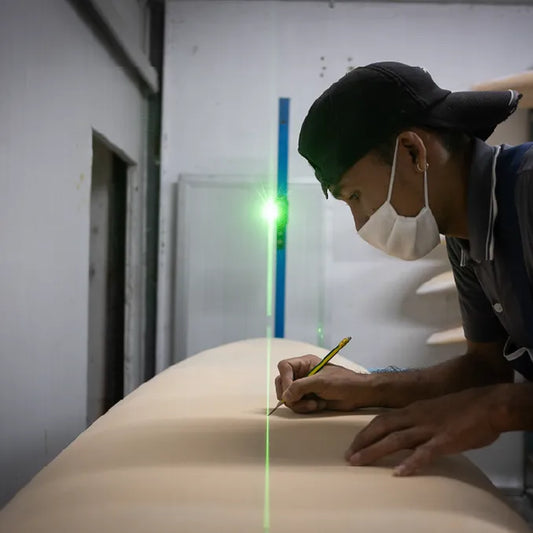
Duotone Unveils Custom D/Lab Boards
Duotone Unveils Custom D/Lab Boards... EACH D/LAB CUSTOMIZED BOARD IS ONLY MADE TO YOUR ORDER. THE DELIVERY TIME IS 12 - 18 WEEKS.
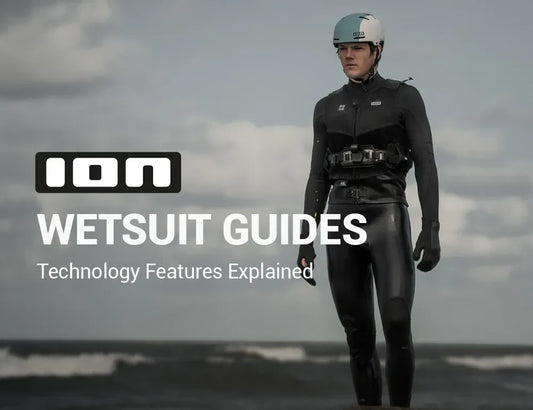
ION Wetsuit Technology Explained
ION wetsuits are made for the toughest storms, catching wave after wave and pushing the limits of your own imagination. Discover premium features, maximum warmth and optimum stretch for your adventures.
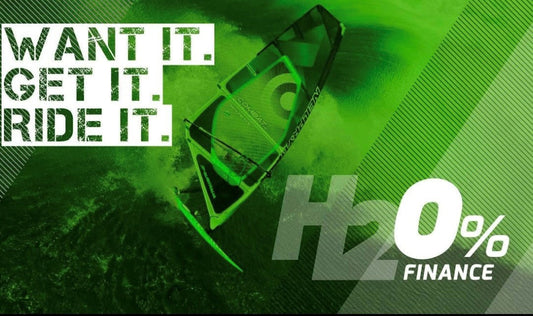
0% Finance Is Back!
We’re excited to announce that 0% finance is back — with a slightly narrower range for now, but we’re expanding soon!
You can now spread the cost with:
-
Pay in 3 installments — 0% interest with Shop Pay Installments
-
6-month plan — 0% interest with Shop Pay Installments
-
Up to 24 months — a competitive finance rate available depending on your application
Simply click the on shop pay next to the price of an any product and it will show you a snap shot of all the available options and then confirm at checkout... Any problems jsut give the team a call or email...
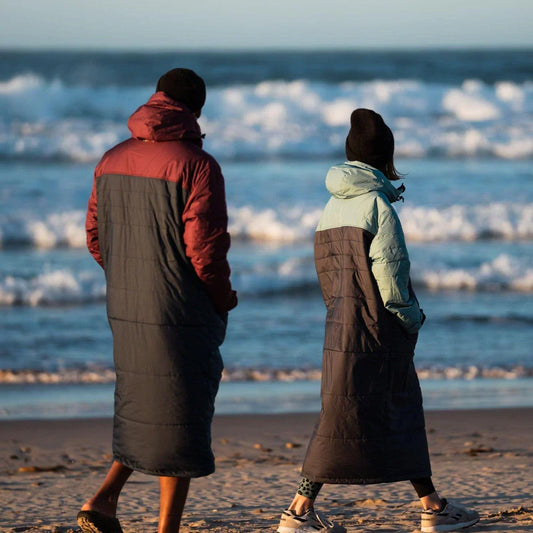
Welcoming VOITED...
We’re stoked to announce that VOITED, the innovative outdoor and adventure lifestyle brand, has officially joined our lineup! Known for their eco-conscious gear, multi-use adventure blankets, and sustainable apparel, VOITED brings the perfect mix of function, style, and sustainability to every adventure.
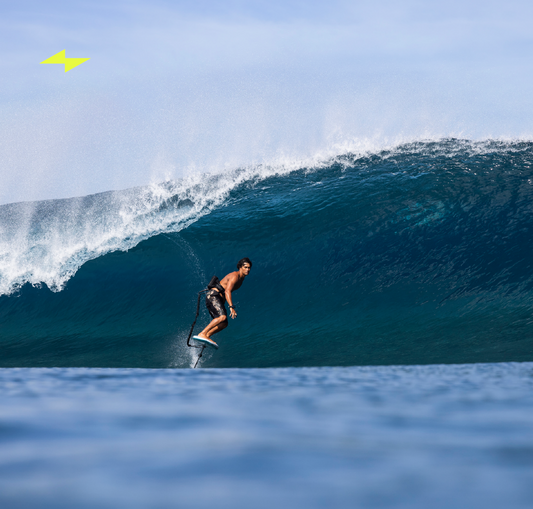
Duotone E Foil
Duotone Foiling, Duotone foil assist and duotone e foil is about to launch and foiling as we know it is about to become easier, smoother, and more fun than ever, thanks to an exciting new innovation from Duotone. Duotone foil assist and e foil 2026 coming soon!



